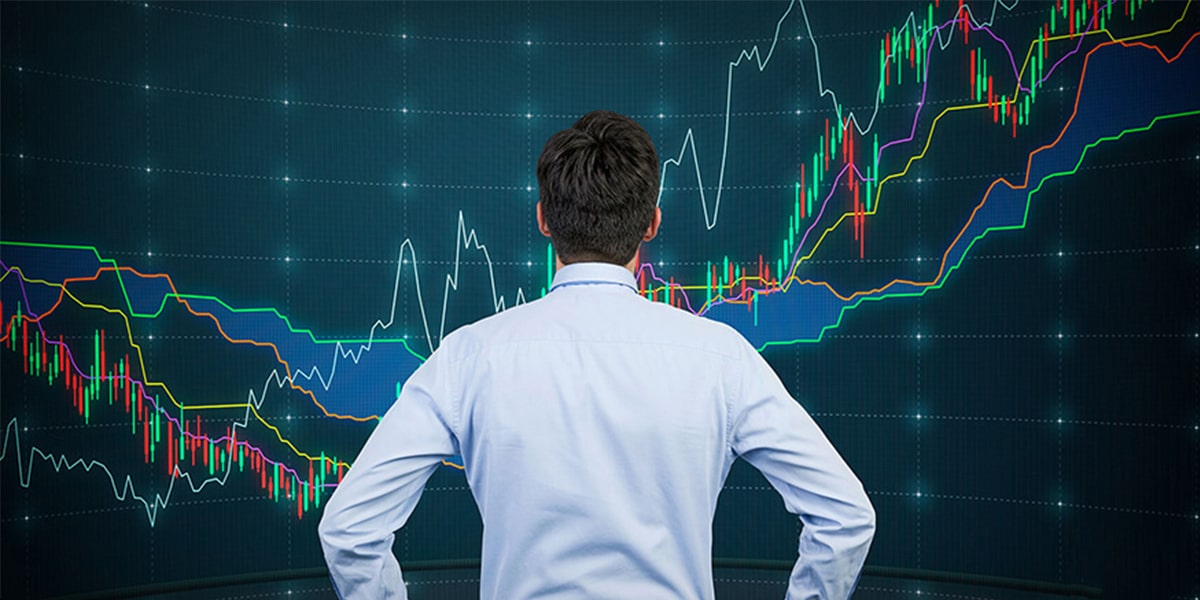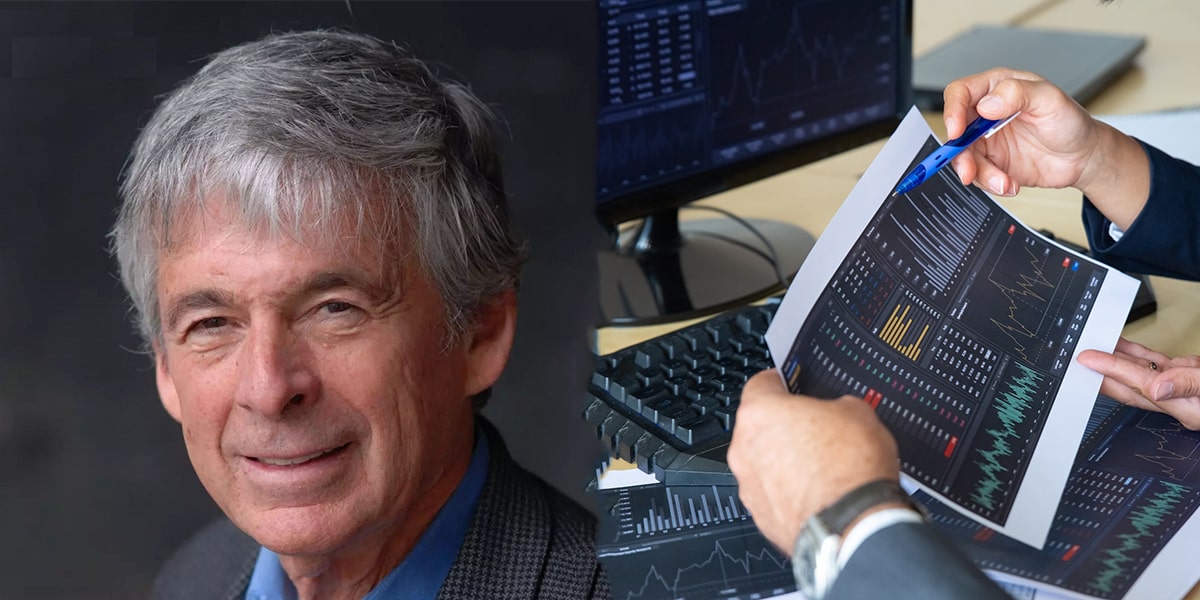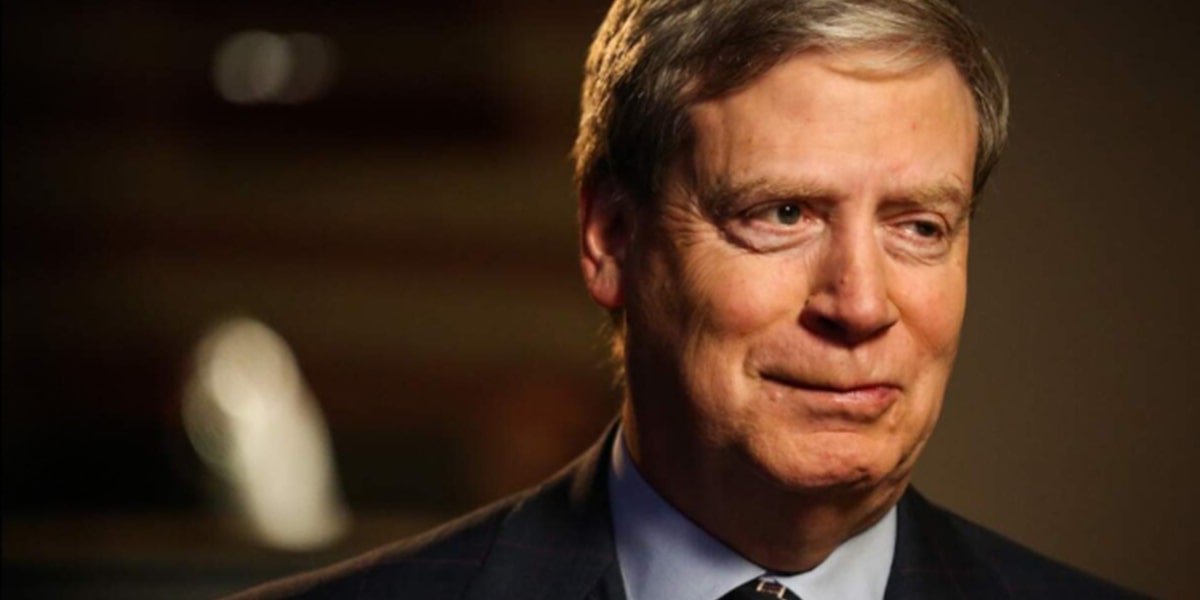24 January 2023
The greatest Forex currency trades
Forex is a global financial market. This is where world currencies change hands, with rates fluctuating every second depending on supply and demand. As the largest market in the world, Forex has high liquidity and attracts many traders, both beginners and experts. In 2022, the daily volume of transactions in this market was $7.5 trillion, which is nothing short of amazing.
Most currency deals that take place on the world exchange market are bought and sold for speculative reasons. Currency traders, also known as speculators, buy currency in the hope of being able to sell it at a better price in the future. As a result, such transactions can make both significant profits and colossal losses.

How the trades are made
Forex trading is a way of investing that involves exchanging one currency for another. All Forex transactions involve the simultaneous buying and selling of two currencies. During a deal, trader speculates on whether one currency will rise or fall in value relative to another. You can make a profit by correctly predicting the price movement of a currency pair. There are four types of bets in total:
- 1. Shorting, or taking a short position, means that you are betting on the depreciation of one currency compared to another. In this case, you sell the asset assuming that its price will fall. The more the price falls, the greater your profit.
- 2. Going long means buying with the expectation that the value of your currency will rise. Accordingly, you make a profit when the value of the currency moves up.
- 3. Strangle is a good investment strategy in which an investor bets on a large upward or downward movement in the price of the underlying stock.
- 4. Straddle is a strategy when traders want to bet on the price of an asset but are unsure whether it will go up or down. It is a profound belief that the price will remain stable.

Andy Krieger
"Black Monday" in 1987 was the day stock markets crashed across the world and 32-year-old Andy Krieger made history. Investors flocked to other currencies which they thought would fare better in the sudden drop in value, dumping the US dollar in the process.
Krieger had the necessary information and market monitoring skills to actually identify the currency that was overvalued. Andy thought that the New Zealand dollar, also known as the Kiwi, would not be able to cope with the pressure and its value would fall.
With a leverage of 1:400 and the usage of new options methods, his actions have rattled the Central Bank of New Zealand. In a matter of hours, the currency fell 5% against the US dollar and Andy Krieger earned his company Bankers Trust $300 million.
This incident caused considerable controversy, and New Zealand bank officials liaised with Bankers Trust, insisting to remove Krieger from trading their currency. Shortly afterwards, Andy Krieger resigned from his position at Bankers Trust and subsequently went on to work for George Soros.

Stanley Druckenmiller
Since 1977, Stanley Druckenmiller had worked in trading with great success, and in 1988 Soros, who shared his tactics and ambition, decided to bring him into Quantum.
Stanley's first "big" bet was on the German mark during the fall of the Berlin Wall and the reunification of East and West Germany. The German currency was at a very low level and having seen the possible miscalculation and having studied the strength in the economy, Druckenmiller started a multi-million dollar bet on the rise of the mark. Very soon Stanley increased his position to around $2 billion thanks to the support of Soros, who was quick to share his vision. The German mark went up, which helped increase Quantum Fund's return to more than 60%.
A few years later, Druckenmiller made a bet that proved even more successful. When Soros hit the Bank of England, Stanley saw an opportunity to bet on currency again. He started by buying British stocks, assuming the pound would fall and exports would rise. Then he bought up German bonds, correctly assuming that other investors would follow him as the pound fell. The trade was a resounding success, earning an additional $1 billion.

George Soros
George Soros gained international fame when in September 1992 he made a prestigious amount from speculating on a single currency, the British pound. His career began with the founding of the Quantum Fund in 1969, during which time the trader has made many profitable speculative deals in Forex.
Soros employed the basic technique of going short of the weakest currencies. The pound was artificially inflated against the German mark because the UK was part of the European Exchange Rate Mechanism (ERM). Soros bet that politicians and central banks could no longer maintain artificially high exchange rates in the interests of European unity. He turned out to be right, the UK pulled out of the ERM, which led to a sharp fall in the pound's value.
Soros made at least $1 billion in one day of trading. At that moment he gained both money and the honor of being the man who crushed the Bank of England. As a result of such speculation, the unstable economic situation in the UK has deteriorated further. George Soros showed how vulnerable central banks can be to currency speculation by large investors in an environment of artificially maintained exchange rates.
The point
Financial shocks can put people out of work, close factories and force investors to pull their capital out of the region. And at the center of it all are speculators, who buy and sell currencies in order to profit from fluctuations in their value. Although they make money from it, they force the country to face a reality that is not always pleasant.


